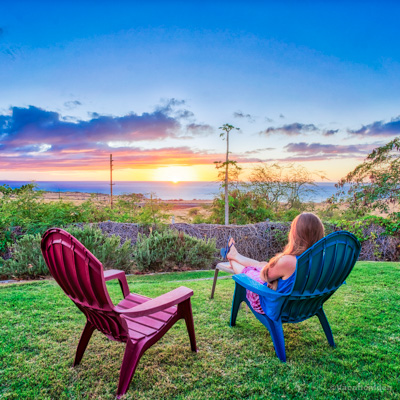Best Places to Visit in Illinois

Searching for the best places to visit in Illinois? Well, you are in the right place! From family-friendly attractions to cultural experiences and hidden gems off the beaten path, The Prairie State has something for every kind of traveler. Here are the places I recommend, and I hope you’ll enjoy them too.
- Best Places to Visit in Northeast Illinois
- - Naperville - Chicago - Schaumburg
- Best Places to Visit in Central Illinois
- - Bloomington - Champaign - Peoria - Springfield
- Best Places to Visit in Northern Illinois
- - Rockford - Galena - Matthiessen State Park - Starved Rock State Park
- Where to Go in Southern Illinois
- - Shawnee National Forest (Garden of the Gods)
Best Places to Visit in Northeast Illinois
I love visiting Northeast Illinois not just because it's home to Chicago, but also historic towns, scenic river canyons, and vibrant suburbs, all within easy reach of one another.
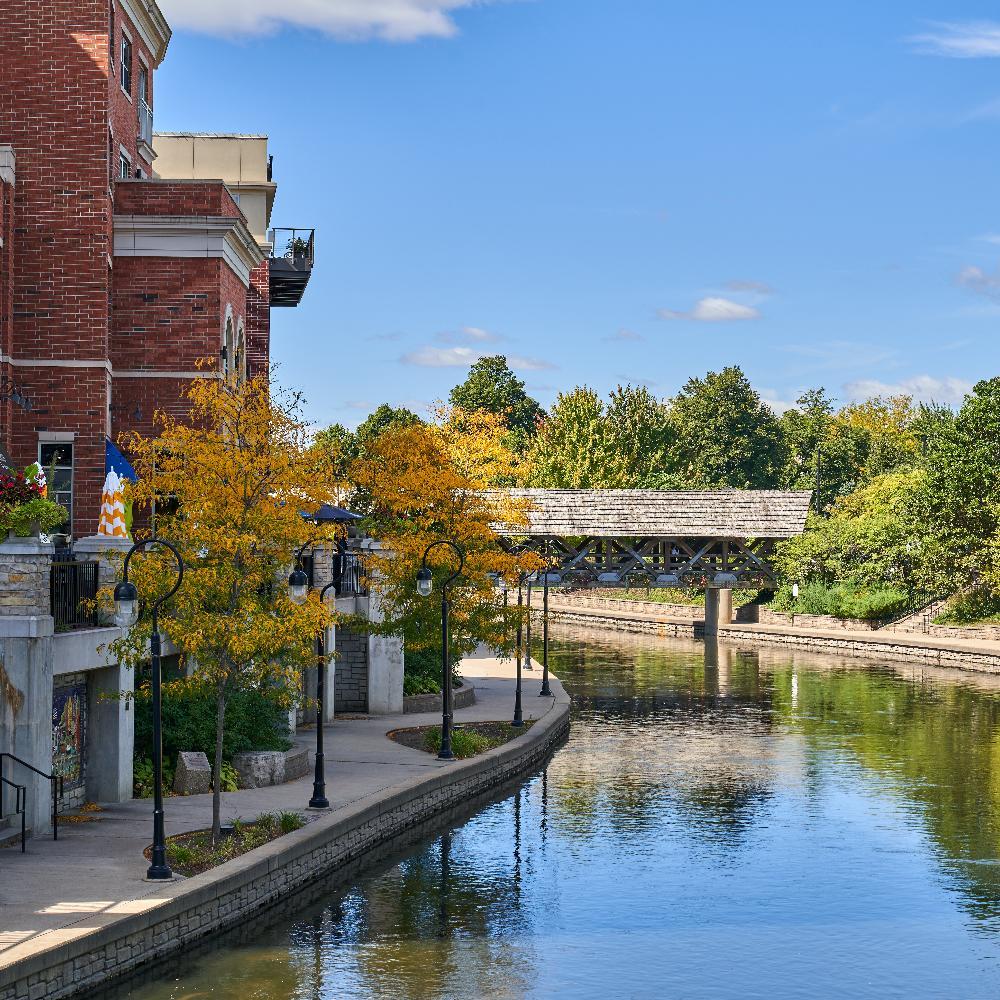
1. Naperville
This fun, quick day trip from Chicago, welcomed me with a wonderful mix of small-town charm and big-city amenities, and it quickly became one of my favorite places to visit in The Prairie State. I hopped on the Metra BNSF Line from Chicago’s Union Station to Naperville (about 50 minutes, $7).
One of my favorite experiences here was strolling along the Naperville Riverwalk. With its winding brick paths, fountains, and covered bridges, it felt like a spectacular spot to relax by the DuPage River. I loved how joyful the atmosphere was, especially with families and couples enjoying the scenery around me.
We also spent time at Naper Settlement, an outdoor history museum near downtown. Another highlight for me was Centennial Beach. More than just a pool, this historic stone quarry turned swimming area offered a cool place to spend a summer afternoon.
Of course, we couldn’t miss Naperville’s thriving downtown. The mix of boutique shops, cafés, and restaurants gave us plenty to explore, and it was a hidden gem for food lovers.
What I loved best:
What stood out most was how this town blended history, recreation, and community spirit so seamlessly and that's why I think it's one of the best places to visit on a day trip in Illinois.

2. Chicago
We absolutely love Chicago, and have been many times. In fact, for me, no discussion of Illinois would be complete without this amazing city! I loved how my trip to "The Windy City" gave me breezy afternoons along Lake Michigan’s shoreline, golden evenings watching the skyline glow, and lively nights filled with theater, jazz, and deep-dish pizza indulgence.
I took Amtrak’s scenic Hiawatha line from Milwaukee (1.5 hours, about $25) and stayed at the 4-star Staypineapple for three nights.
What I love about visiting Chicago is how easy it is to get around and how much there is to do (with many affordable and free attractions!). I recommend wearing your most comfortable walking shoes and starting your day early because Chicago has a lot of ground to cover.
Getting around Chicago is simple thanks to the CTA ‘L’ trains and buses. From O’Hare International Airport, you can take the Blue Line straight into downtown in about 45 minutes for just a few dollars, which is hard to beat. If you’re already staying in the city, the trains make it easy to move between neighborhoods like Downtown, Lincoln Park, Wicker Park, and Chinatown. I usually prefer public transit here since traffic and parking can slow things down.
If you’re visiting Chicago for the first time, I think you should spend some time downtown. Walking along the Chicago Riverwalk is a must—it’s one of the best ways to see the city’s iconic architecture up close. From there, you can stroll through Millennium Park to see Cloud Gate (aka “The Bean”), relax in Grant Park, and take in views of Lake Michigan along the waterfront trail.
Chicago is also an incredible food city. From deep-dish pizza and Italian beef sandwiches to world-class fine dining, there’s something for every budget and taste. Exploring neighborhoods like West Loop or Logan Square is a great way to try local favorites and get a feel for the city beyond the tourist core.
Chicago French Market is a great place to go if you want 30 individual specialty vendors, including local artisans, food stalls, grab-and-go breakfast/lunch/dinner options, groceries, produce, and snacks.
In addition, I loved our stop at Pleasant House Bakery in the Pilsen neighborhood, and I can honestly say it was a hidden gem for food lovers because the atmosphere felt cozy yet lively, and it was the perfect place to refuel after exploring the city streets.
If you need some help getting around and getting to know the city, we found that guided tours helped us understand the city better and use our time more efficiently on our first few trips to Chicago.
What I loved best:
My highlight were the views from Skydeck Chicago at Willis Tower, glass floor panels beneath my feet.
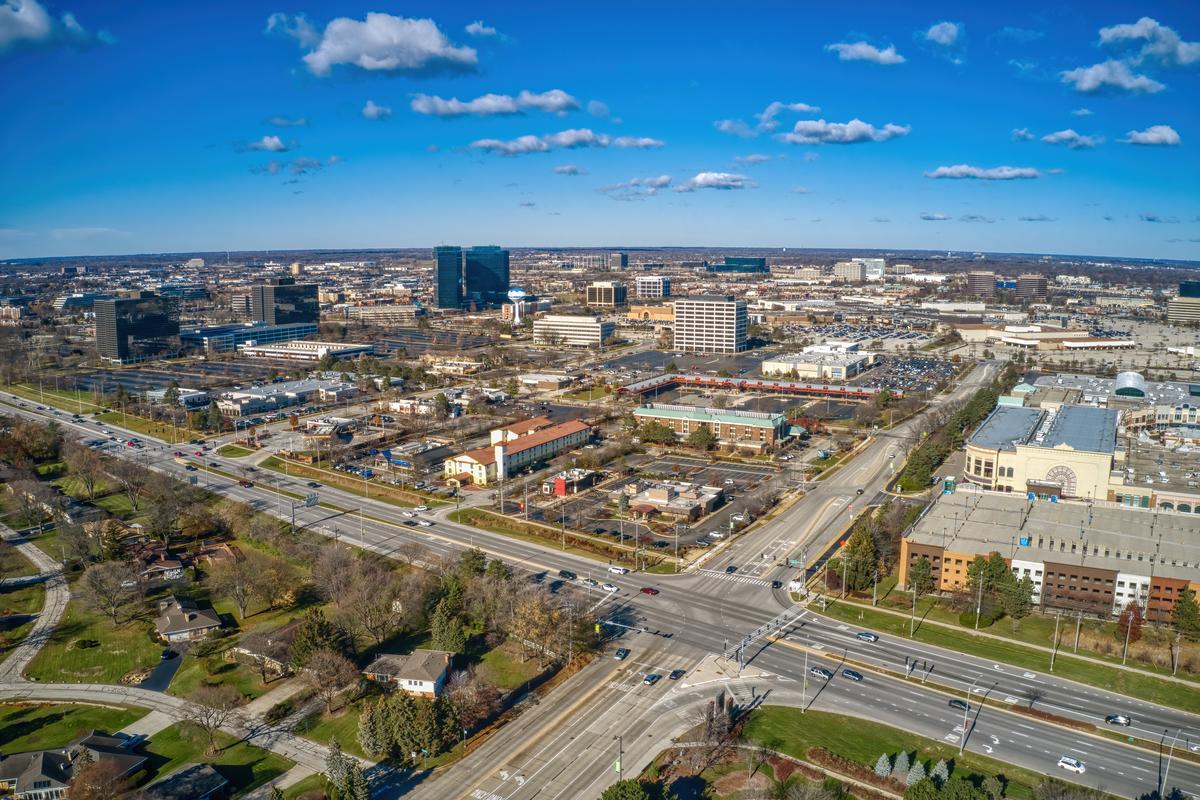
3. Schaumburg
This city impressed me right away with its mix of shopping, entertainment, and green spaces. Best of all, it was a super affordable weekend getaway from Chicago that completely won me over. I caught the Metra Milwaukee District West Line from Chicago’s Union Station to Schaumburg (about 1 hour, $6.25).
One of my favorite experiences was spending the morning at Woodfield Mall, my son and I checked out LEGOLAND Discovery Center, then headed to Spring Valley Nature Center. Tucked away from the busy streets, it’s an underrated gem with walking trails, prairies, and woodlands that made me feel instantly connected to nature.
I loved taking a peaceful stroll there—it was the perfect balance to Schaumburg’s energetic downtown. We also explored the Trickster Cultural Center where we were surrounded by Native art, thought-provoking exhibits, and moments of reflection in a space that honors tradition while celebrating living culture.
What I loved best:
From shopping sprees to cultural stops and scenic escapes, I think that every corner of this Illinois town added something special to the experience.
Best Places to Visit in Central Illinois
We love the way Central Illinois is the heart of the state, where historic landmarks, college towns, and scenic riverfronts come together amid classic Midwestern landscapes.


4. Bloomington
The first time we visited Bloomington, I was honestly surprised by how much there was to do for a smaller Midwest city. If you’re driving in, Bloomington is super convenient since it’s right off major highways like I-55 and I-74.
Bloomington is closely connected with Normal, and while technically they are two separate towns, most visitors experience them as one "twin city" area. Together, they make up the heart of McLean County and offer what feels like a true central Illinois experience. Between the two, you’ll find local restaurants, college campuses, parks, and plenty of small businesses that give the area its charm.
We drove 2 hours southwest from Chicago into Bloomington and stayed at the 3-star Chateau Hotel and Conference Center for three nights.
We started downtown, where we enjoyed wandering through the McLean County Museum of History for an hour, we wandered over to the Illinois Wesleyan University campus, and visited the David Davis Mansion State Historic Site.
Just a short drive away, Miller Park Zoo gave us a chance to see lemurs and big cats up close which my son loved.
One thing to keep in mind is that while Bloomington–Normal is easy to navigate, it’s still helpful to plan your stops ahead of time so you’re not crisscrossing the city unnecessarily. Grouping Uptown Normal, the Constitution Trail, and nearby restaurants together will help you make the most of your time.
What I loved best:
My highlight was walking along the Constitution Trail, lined with trees and wildflowers.
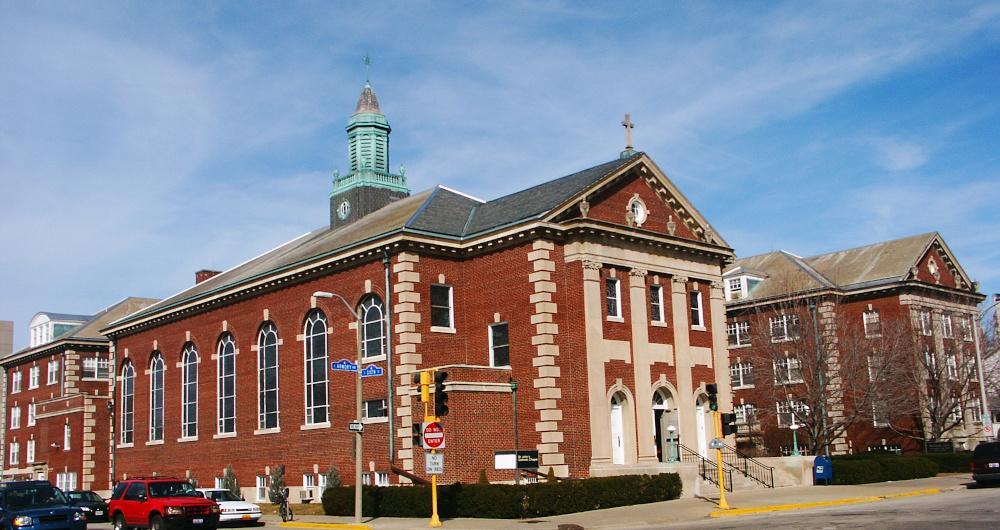
5. Champaign
This month gave me everything I wanted for a lively college-town getaway with warm afternoons exploring tree-lined campus quads, evenings filled with craft brews and live music, and sunny mornings discovering art, science, and Midwest hospitality.
We drove 2 hours 15 minutes south from Chicago into Champaign and stayed at the 3-star Hyatt Place Champaign/Urbana for three nights. Champaign, Illinois welcomed me with a cool mix of culture, history, and college-town energy that made every moment feel exciting.
We visited the University of Illinois campus, the Krannert Art Museum (of course!), and the Meadowbrook Park trails. Right in the heart of downtown, I loved discovering the eclectic restaurants, lively bars, and boutique shops that gave the city such a joyful personality.
For me, Champaign combined small-town warmth with big-city culture in the most refreshing way. Every stop (whether it was a museum, park, or bustling café) added to the experience and made this Illinois destination unforgettable.
What I loved best:
A creative burger at Seven Saints tavern was a highlight for lunch.
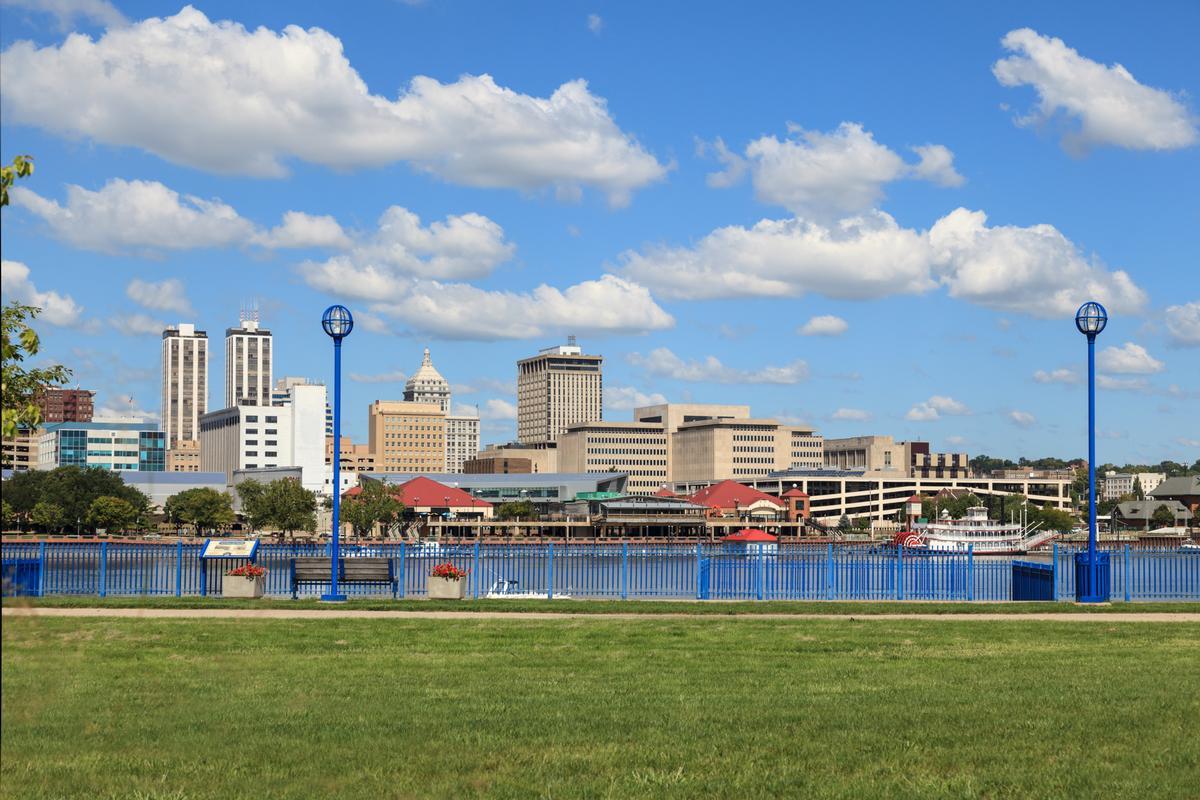
6. Peoria
This is one of my favorite places to visit in central Illinois because it offers that perfect mix of riverfront scenery and easygoing Midwestern charm.
This month gave me everything I wanted for a fun city-meets-nature getaway...sunny afternoons strolling the scenic Peoria Riverfront, peaceful hikes in nearby forest preserves, and lively evenings with music, festivals, and Midwestern charm.
I loved the relaxed yet energetic vibe, especially during summer events like the Peoria RiverFront Jazz & Art Festival, when the city buzzes with live music, food stalls, and fireworks over the Illinois River.
I drove in from Chicago and based myself at the elegant Mark Twain Hotel, overlooking the river and just steps from the downtown nightlife. My days were filled with exploring the Peoria Riverfront Museum, walking the trails of the Forest Park Nature Center, and indulging in craft brews and farm-to-table dining downtown.
What I loved best:
Enjoying panoramic views from Grandview Drive (once praised by Theodore Roosevelt as the “world’s most beautiful drive”) was one of my personal highlights.
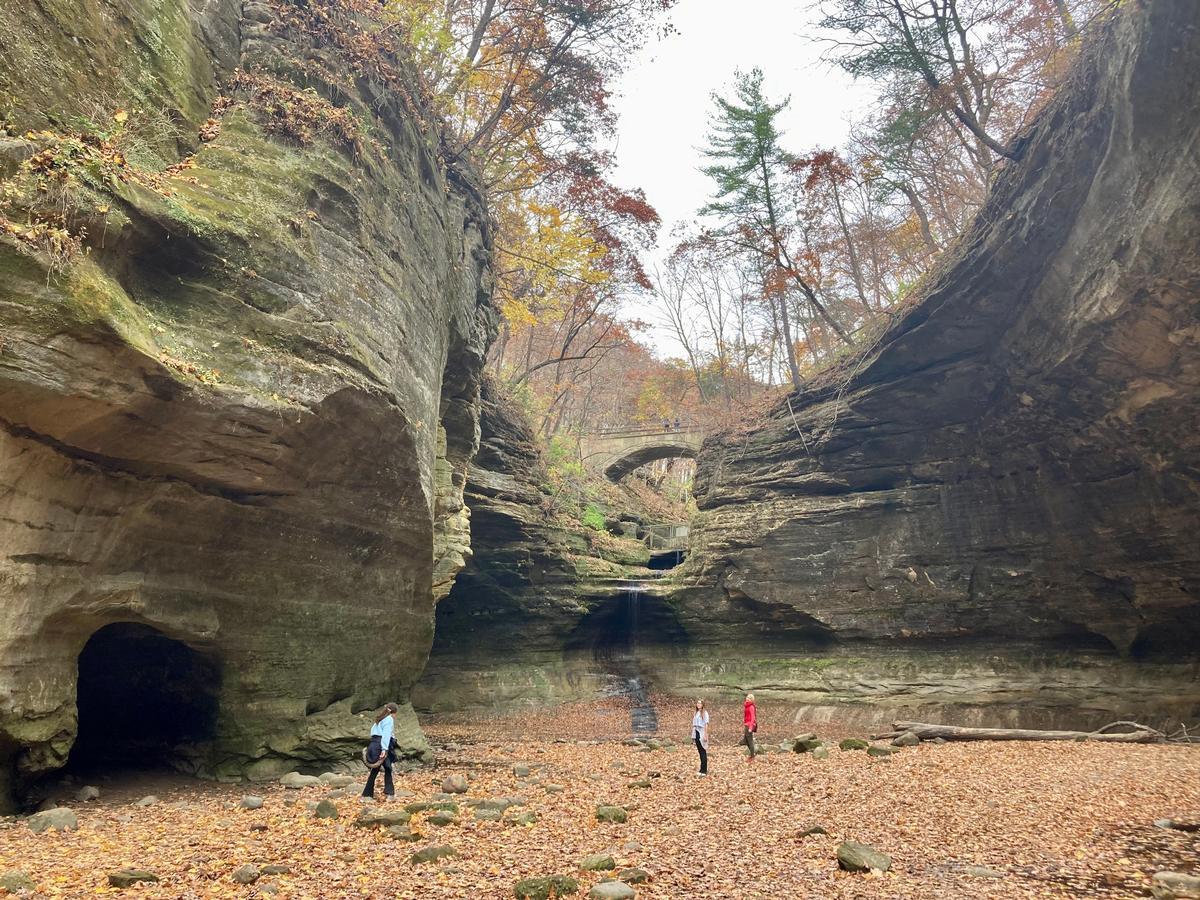
7. Springfield
I loved the cultural yet laid-back vibe of this city and it quickly became one of my favorite destinations in Illinois! I caught the Amtrak Lincoln Service from Chicago to Springfield (just over 3 hours, $20–$30 one way) and stayed at Inn At 835 for three nights. I think Springfield, Illinois is one of the best places to visit in Illinois. Why? I loved exploring sites tied to Abraham Lincoln, shaded strolls through leafy parks, and cozy evenings sampling hearty Midwestern comfort food downtown.
I found the Abraham Lincoln Presidential Library and Museum to be one of my favorite stops. I felt transported through the immersive exhibits and interactive displays, and it was a cool reminder of why Springfield is so tied to Lincoln’s story. We also made time for a walk through Oak Ridge Cemetery, where Lincoln’s Tomb stands tall.
What I loved best:
We explored Washington Park Botanical Garden (my personal highlight), the Illinois State Capitol, and Route 66 which made Springfield even more special for me.
Best Places to Visit in Northern Illinois
Northern Illinois is ideal when I'm in the mood for outdoor adventure, weekend escapes, and classic Midwest charm.
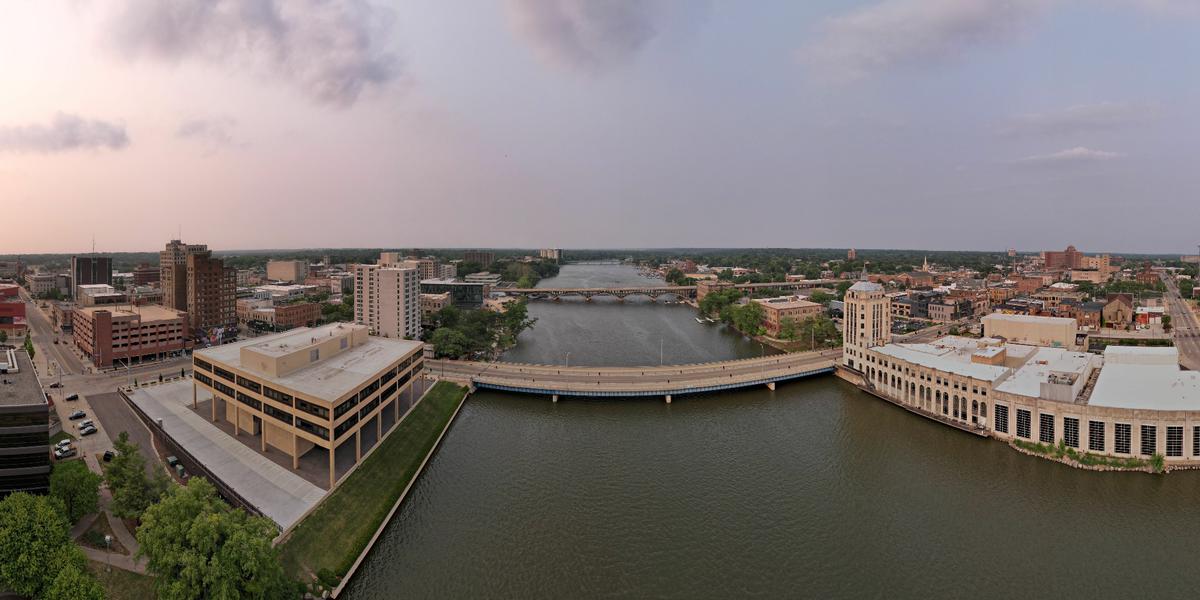
8. Rockford
What I love about visiting Rockford is that it’s easy to get around and has more than enough unique activities to keep you busy for a full day (or weekend).
Getting to Rockford is fairly straightforward if you’re coming from Chicago, with the drive taking about 90 minutes depending on traffic. We stayed at 3-star Hotel Goodwin for three easy dats.
I think you should start by exploring Anderson Japanese Gardens and walking along the Rock River. First off, I recommend wearing a comfortable pair of walking shoes and getting an early start because there’s a lot to see, especially if you want to explore both downtown and the riverfront.
I thought that Anderson Japanese Gardens was one of the most beautiful Japanese gardens in the country. It feels incredibly peaceful, while the riverwalk is perfect for a relaxed stroll with scenic views. In addition, Downtown Rockford is home to plenty of local restaurants, breweries, and coffee shops, making it a great place to stop for a meal.
We also visited the Discovery Center Museum, and I thought it was such a joyful stop. Another highlight was the Rockford Art Museum, located near the Rock River. We didn’t skip Midway Village Museum either, where I felt transported back in time.
What I loved best:
What stood out most was how it balanced peaceful outdoor spaces with rich cultural attractions. Every stop—from gardens to museums—added something special, making it one of my favorite Illinois cities to explore.
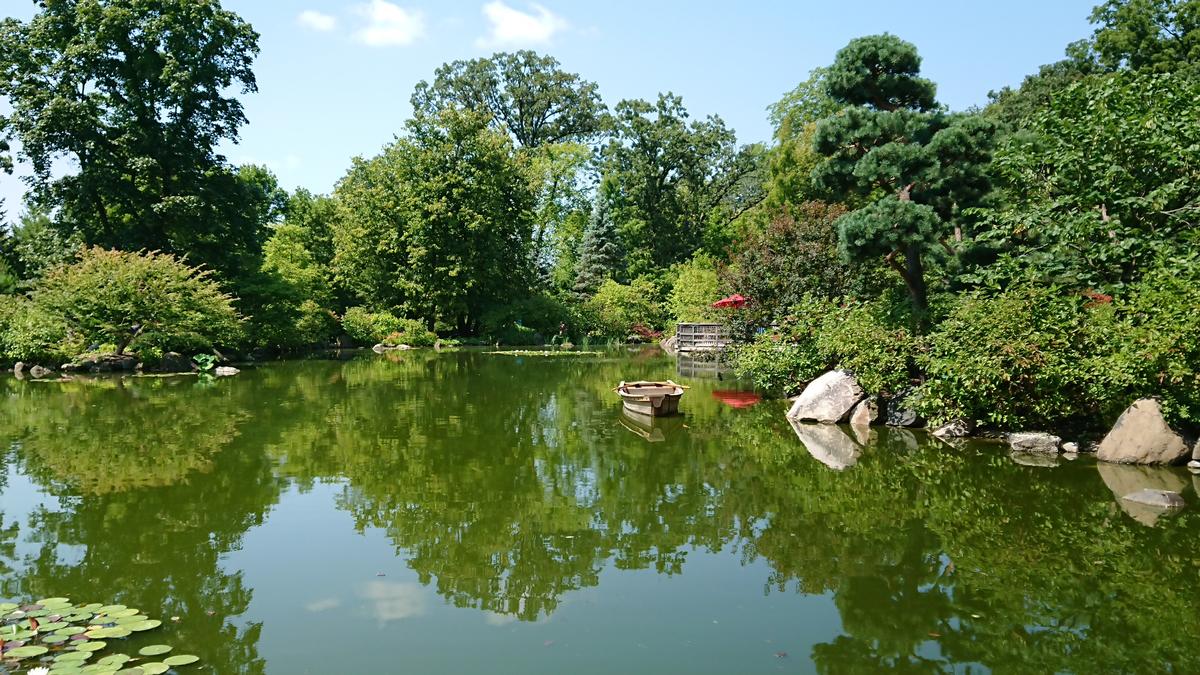
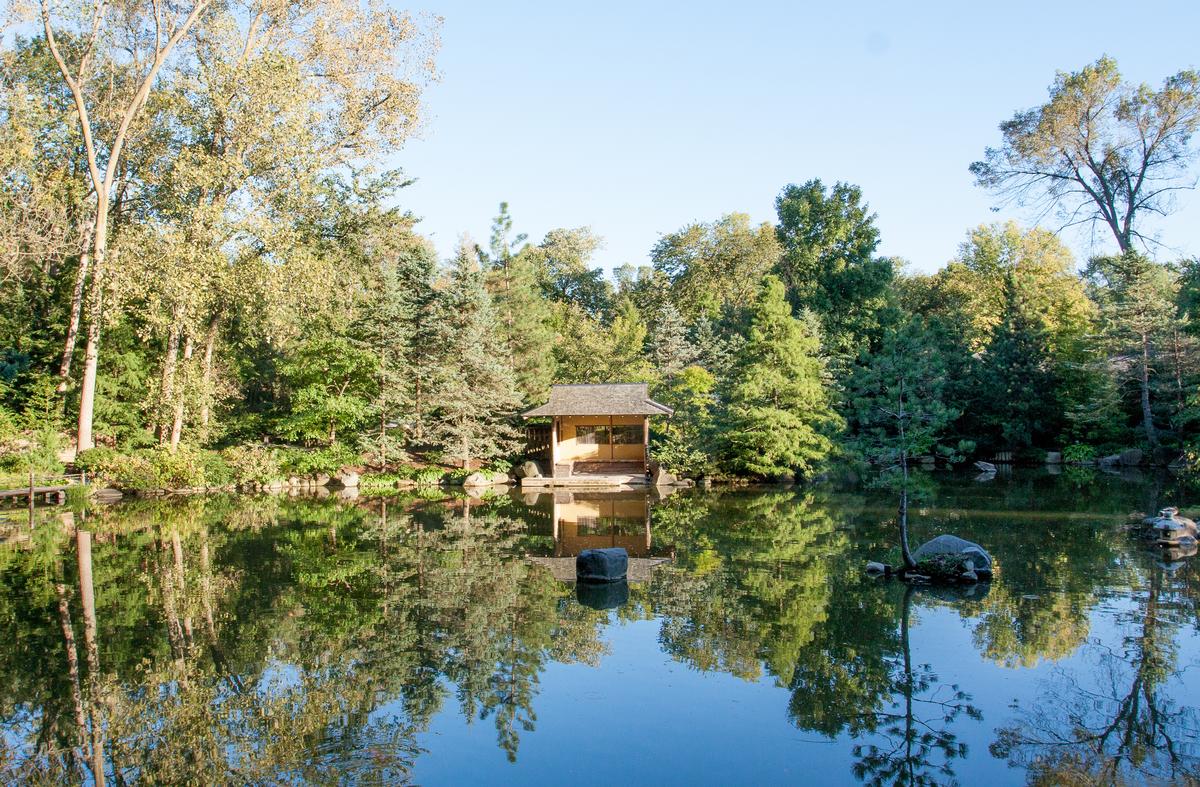
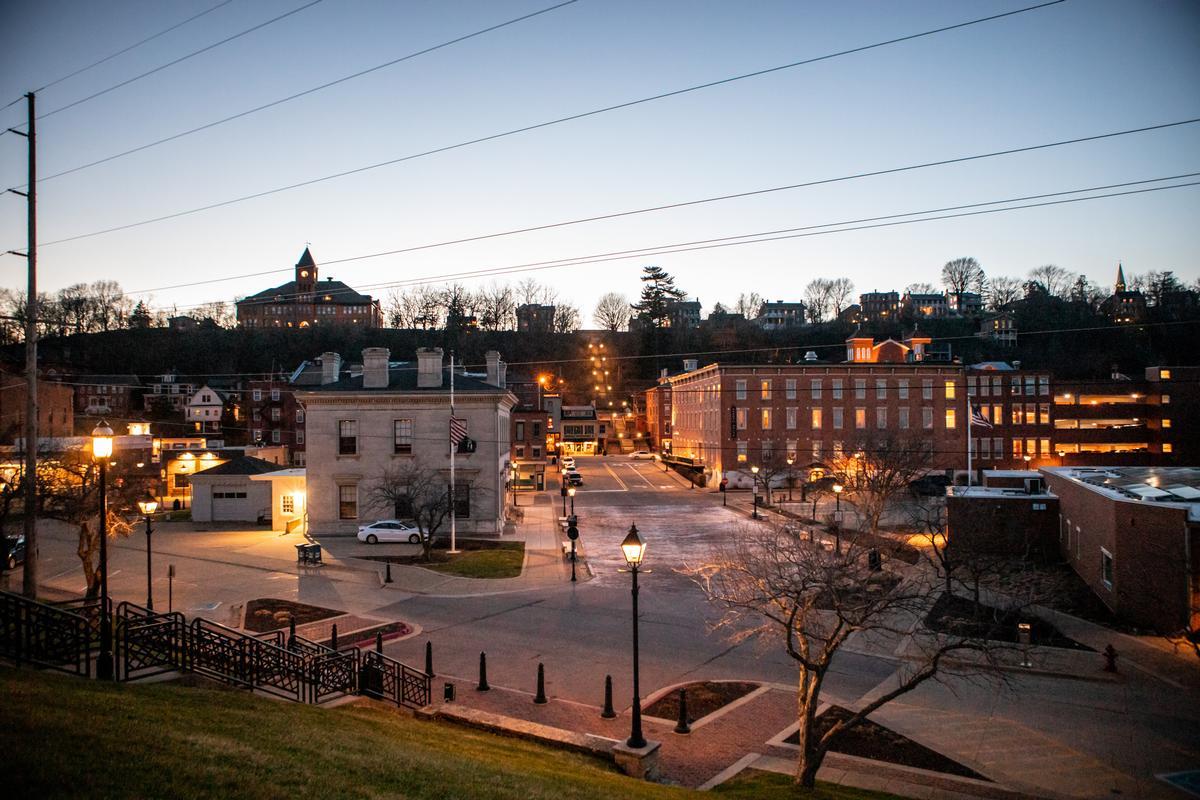
9. Galena
I quickly realized why so many people call this city one of the most charming towns in the Midwest. Located near the Mississippi River and surrounded by rolling hills, it felt like stepping into a romantic storybook!
I think Galena, Illinois is one of the best places to visit in Illinois. Why? I loved walking down Main Street, where 19th-century brick buildings now house boutiques, galleries, and cozy cafés.
I drove 3 hours west from Chicago into Galena, a 19th-century lead-mining town tucked along the Galena River, and checked into the 4-star Jail Hill Inn for three nights. It's the only AAA Four Diamond Bed & Breakfast winner in Galena so you can trust that it's a quality place.
Once you arrive, I highly recommend starting on Main Street. It’s lined with beautifully preserved 19th-century buildings, local boutiques, wine tasting rooms, and plenty of great places to eat. Galena is also known for its rolling hills and scenic overlooks, so taking a short drive or hike to places like Grant Park or Horseshoe Mound is well worth it for the views.
History lovers should consider visiting Ulysses S. Grant’s Home, which offers fascinating insight into Galena’s role in American history. If you prefer something more relaxed, there are several wineries and distilleries just outside town, or you can take a leisurely walk along the Galena River Trail.
What I loved best:
Every corner offered a reason to slow down, and by the time I left, I knew it had become one of my favorite Illinois weekend getaways.
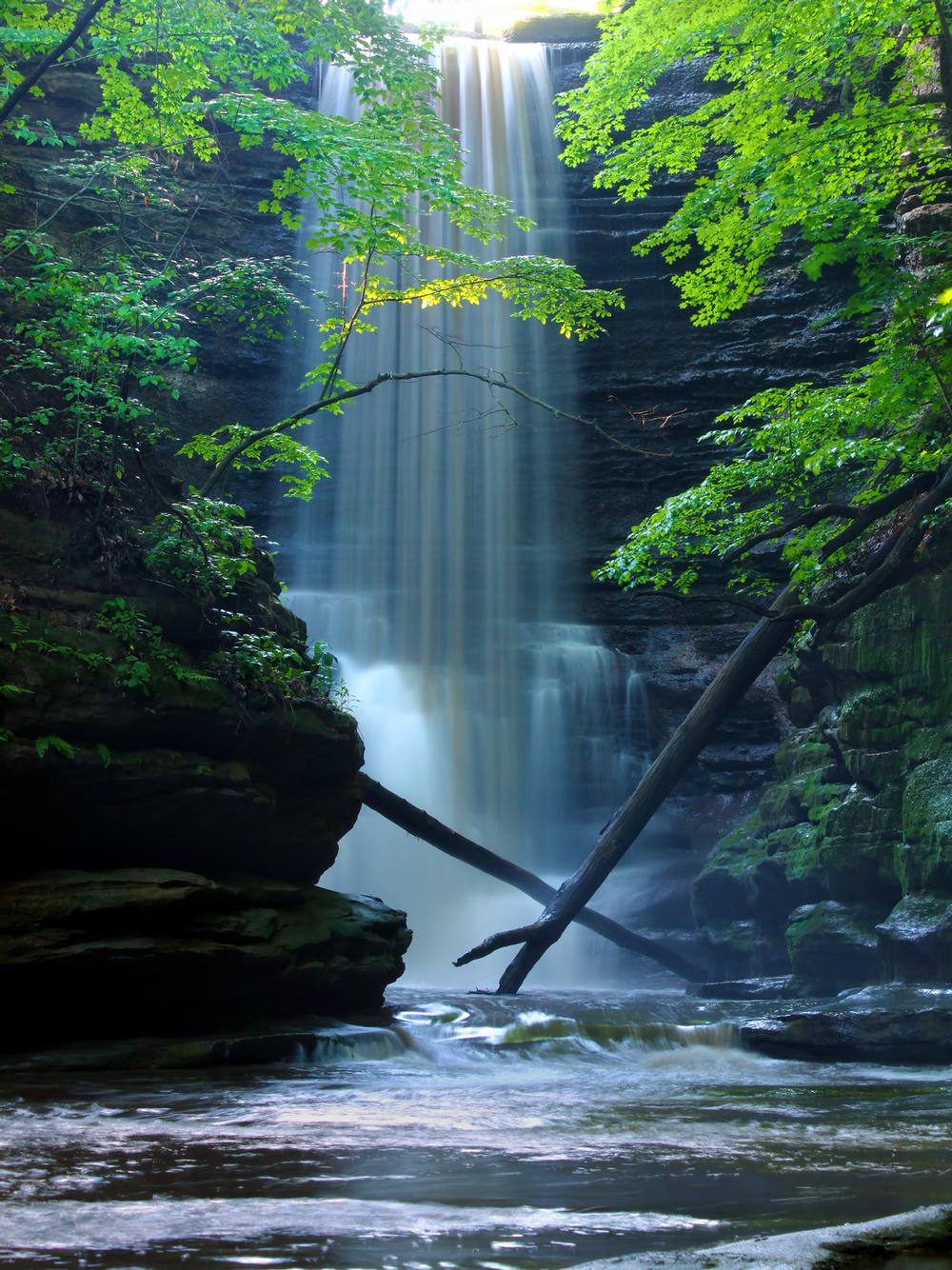
10. Matthiessen State Park
Tucked just south of Starved Rock, this park has some of the most scenic trails I’ve seen in northern Illinois.
This month gave me everything I wanted for a nature-filled escape to this state park ...golden afternoons hiking through sandstone canyons, waterfalls, and evenings relaxing after adventurous days spent in the heart of Illinois’ prairie country.
I think that Matthiessen State Park is one of the best things to do in Illinois for nature lovers because of the adventurous yet peaceful vibe, especially while exploring the Dells Canyon and Bluff Trail, where staircases and bridges lead down into a world of mossy rock walls, hidden grottos, and tumbling streams. The park felt like a secret wilderness tucked right into the Midwest.
I drove 1 hour 35 minutes from Chicago and based myself at Landers House in nearby Utica, where I spent three days exploring both Matthiessen and neighboring Starved Rock State Park (Starved Rock Lodge is another good option here).
What I loved best:
My days were filled with canyon hikes beneath towering cliffs, spotting wildflowers and butterflies along prairie paths (my favourite highlight!).
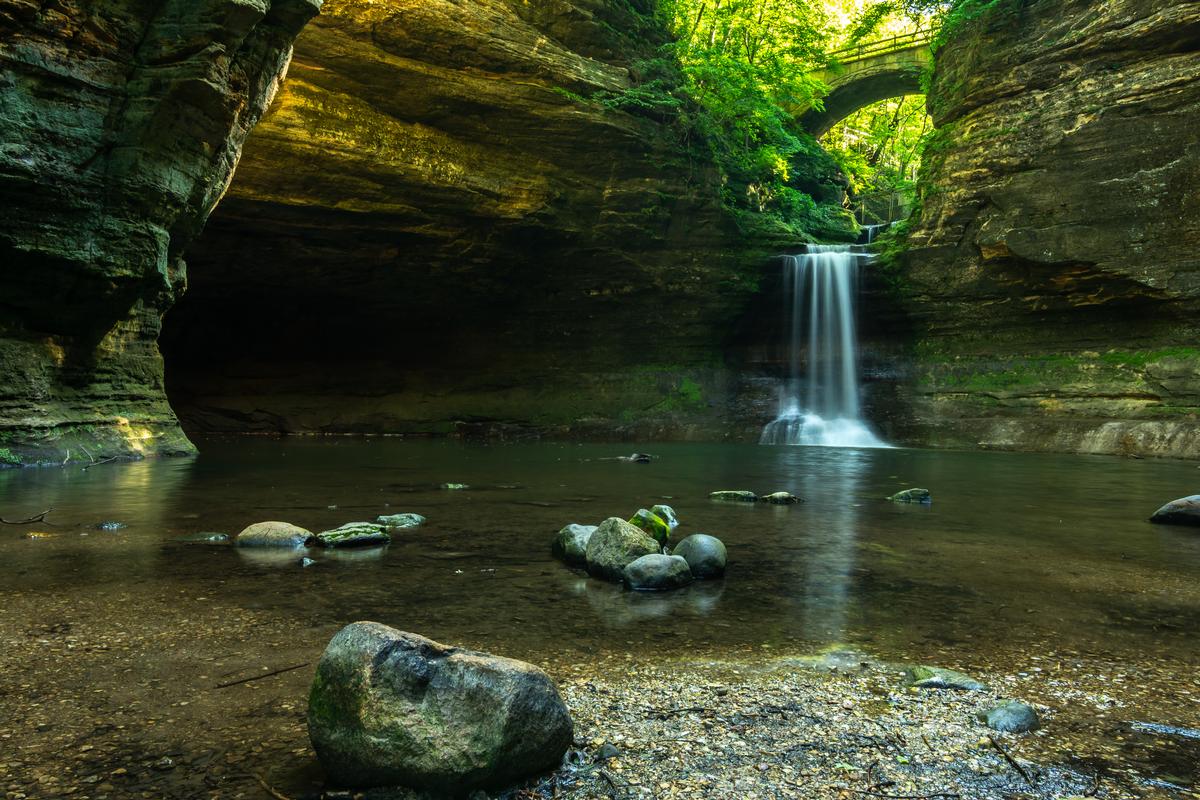
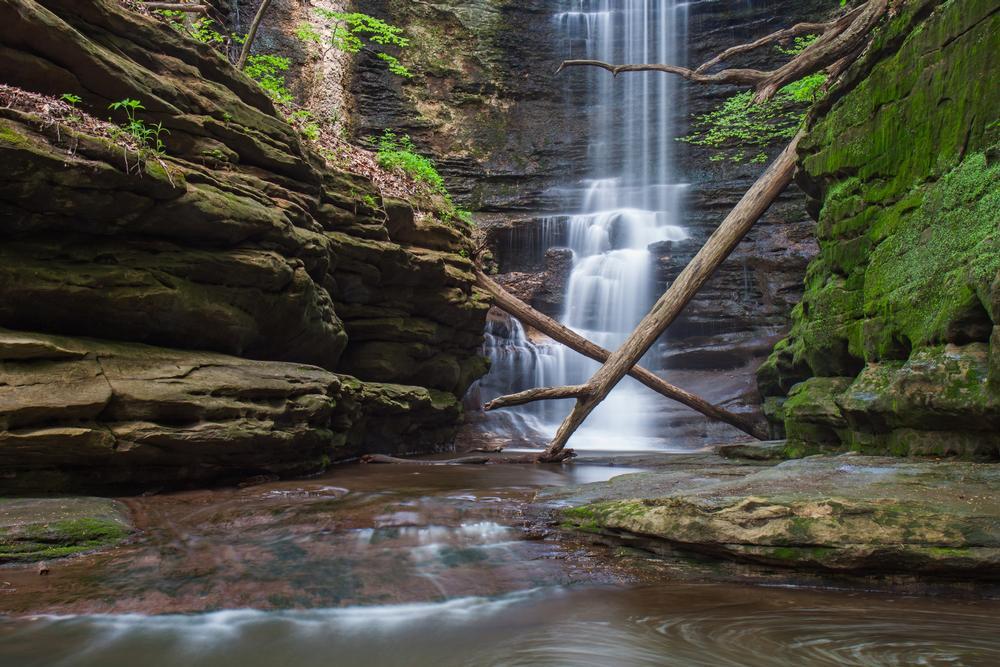
11. Starved Rock State Park
This is one of my favorite places to explore in Illinois. Why? First off, it feels like a completely different world from the flat farmland surrounding it. I also love that it’s incredibly easy to reach (just about two hours from Chicago!), yet once you’re on the trails, you’re suddenly surrounded by sandstone canyons, waterfalls, and forests.
We started our day early, driving through small towns and feeling that exciting road trip magic, knowing we were heading toward a hidden gem that people don’t talk about enough.
First thing we did was park and walk toward the visitor center, already impressed by the towering canyons and how this place felt like a dream compared to flat Illinois.
The experience really kicked off when we hit the first trail, surrounded by tall sandstone cliffs, waterfalls, and vibrant greenery that felt unusual and kind of magical.
After hiking, we slowed things down and sat near the river, which was such a peaceful and joyful experience.
We grabbed snacks and just relaxed, talking about how affordable and accessible this park is compared to other destinations, which felt like a brilliant idea for future trips.
Later in the afternoon, we explored more trails, and each one felt cool, unique, and interesting in its own way.
The most exciting part was realizing how different every canyon looked, making the whole place feel like multiple parks in one.
As the sun started to set, the light hit the rocks in a way that felt almost unreal, adding to the magic of the day.
What I loved best:
For me, Starved Rock State Park is one of the best places to visit in Illinois because it's scenic and unique!
The park’s mix of rugged trails and tranquil water views felt like the perfect Midwestern getaway, my favorite highlight.
Where to Go in Southern Illinois
Southern Illinois feels like a world apart from the rest of the state - I love its rugged landscapes, forested hills, and outdoor adventures.
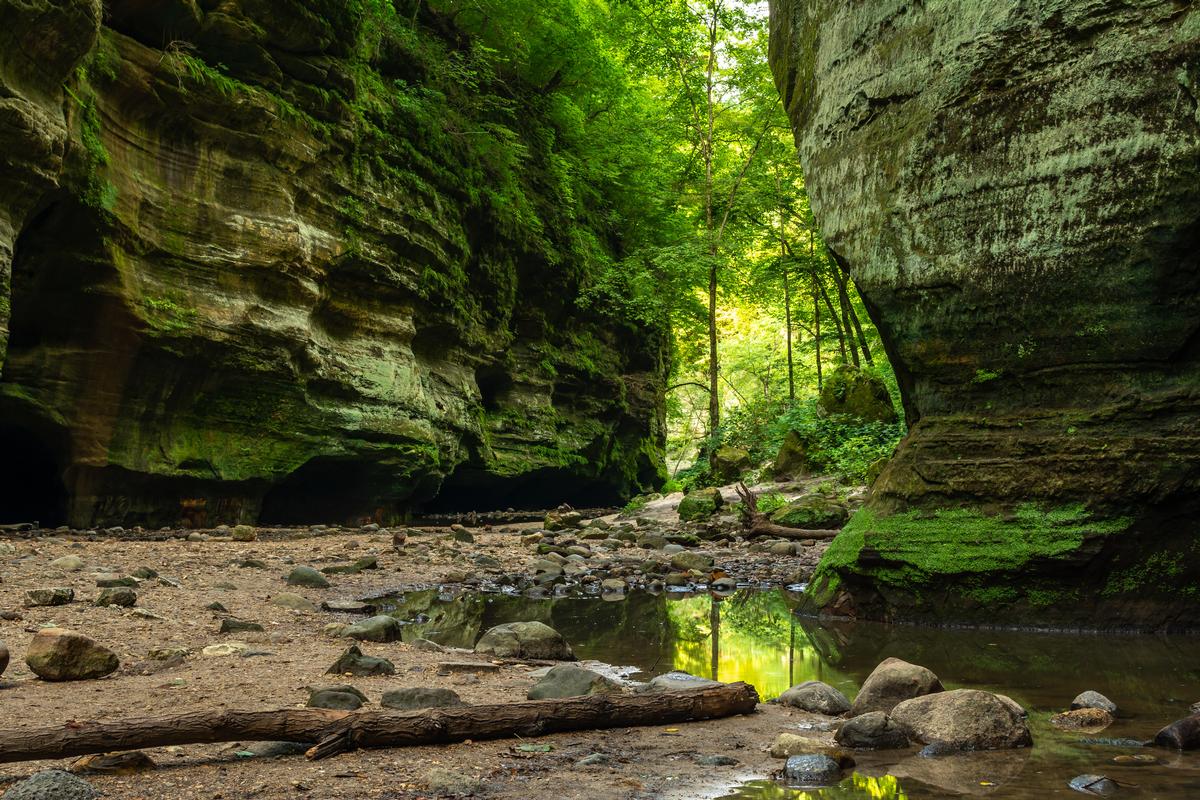
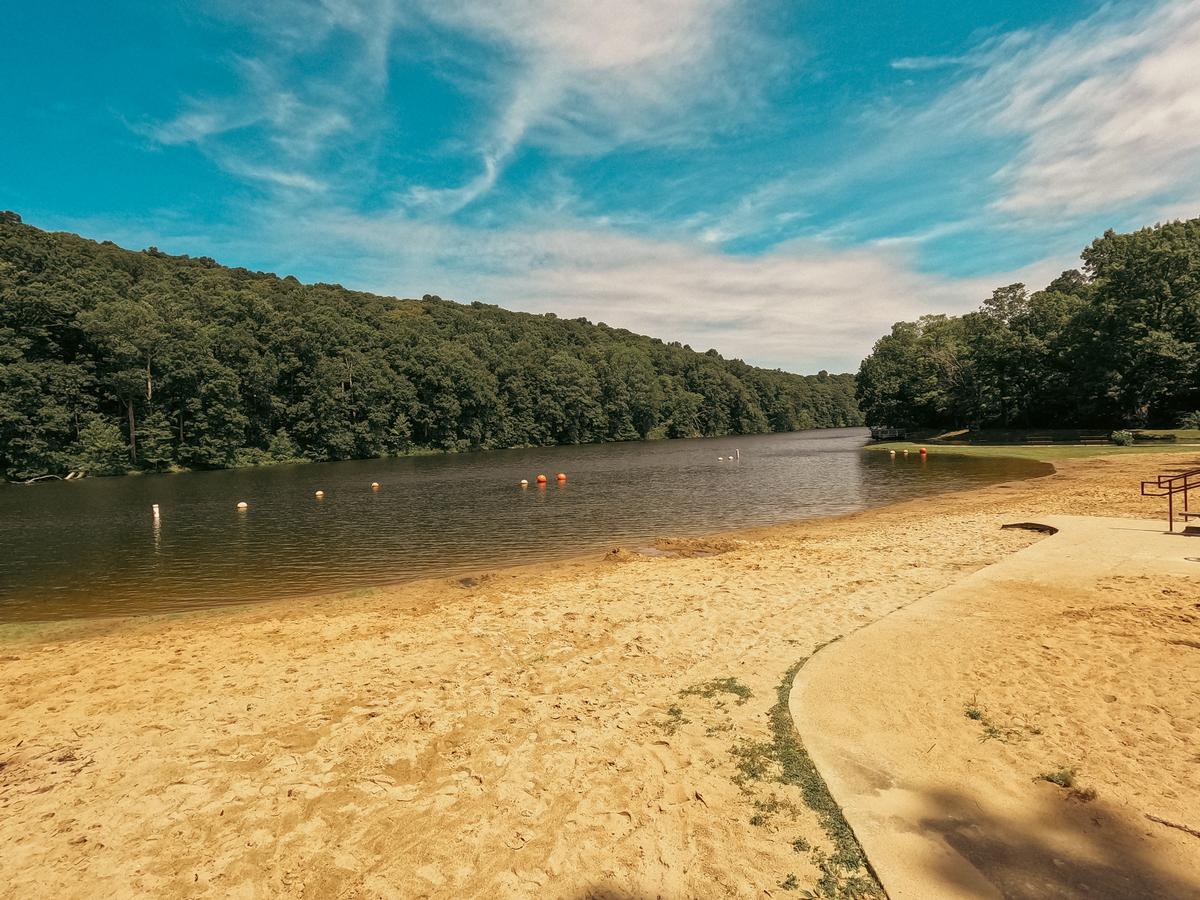
12. Shawnee National Forest from Illinois' Garden of the Gods
I loved the rugged yet peaceful vibe here, especially when exploring iconic spots like the Garden of the Gods, where surreal rock formations rise above sweeping forest views, and Jackson Falls, a tucked-away paradise for swimmers and climbers alike.
I drove in from St. Louis and based myself in a rustic cabin near Makanda, where I spent a week completely immersed in nature, my personal highlight. My days were filled with hiking to dramatic overlooks, paddling on Cedar Lake, spotting wildlife in shaded hollows, and enjoying hearty campfire meals that made the forest feel like a true wilderness escape.
Booking Checklist
1. Book Your Flight - I use Expedia because I like their mobile app with my itinerary. They've helped me re-book flights on many occasions. Once you reach their Gold tier, support is especially good.
2. Book Your Hotel - I use Booking.com or Expedia, depending on my destination.
3. Book Your Rental Car - I use Expedia.
4. Book your tours on Viator or Get Your Guide.
5. If you are planning to visit more than three national parks in the next 12 months, buy the America the Beautiful Pass.
